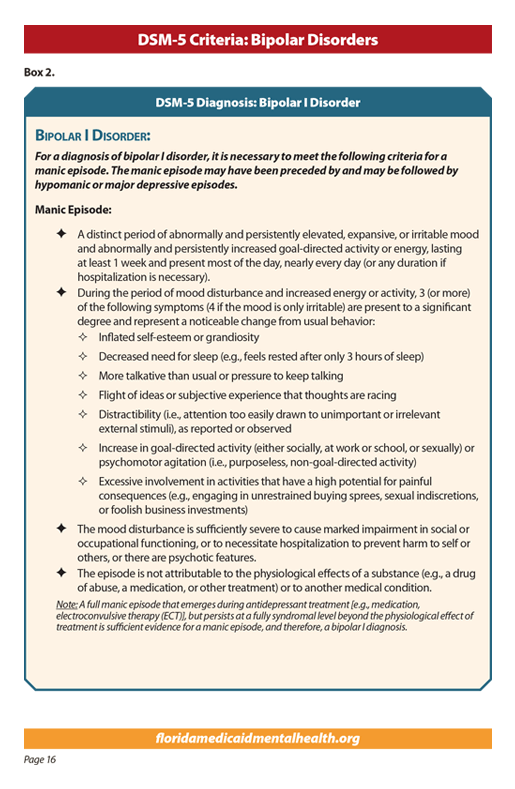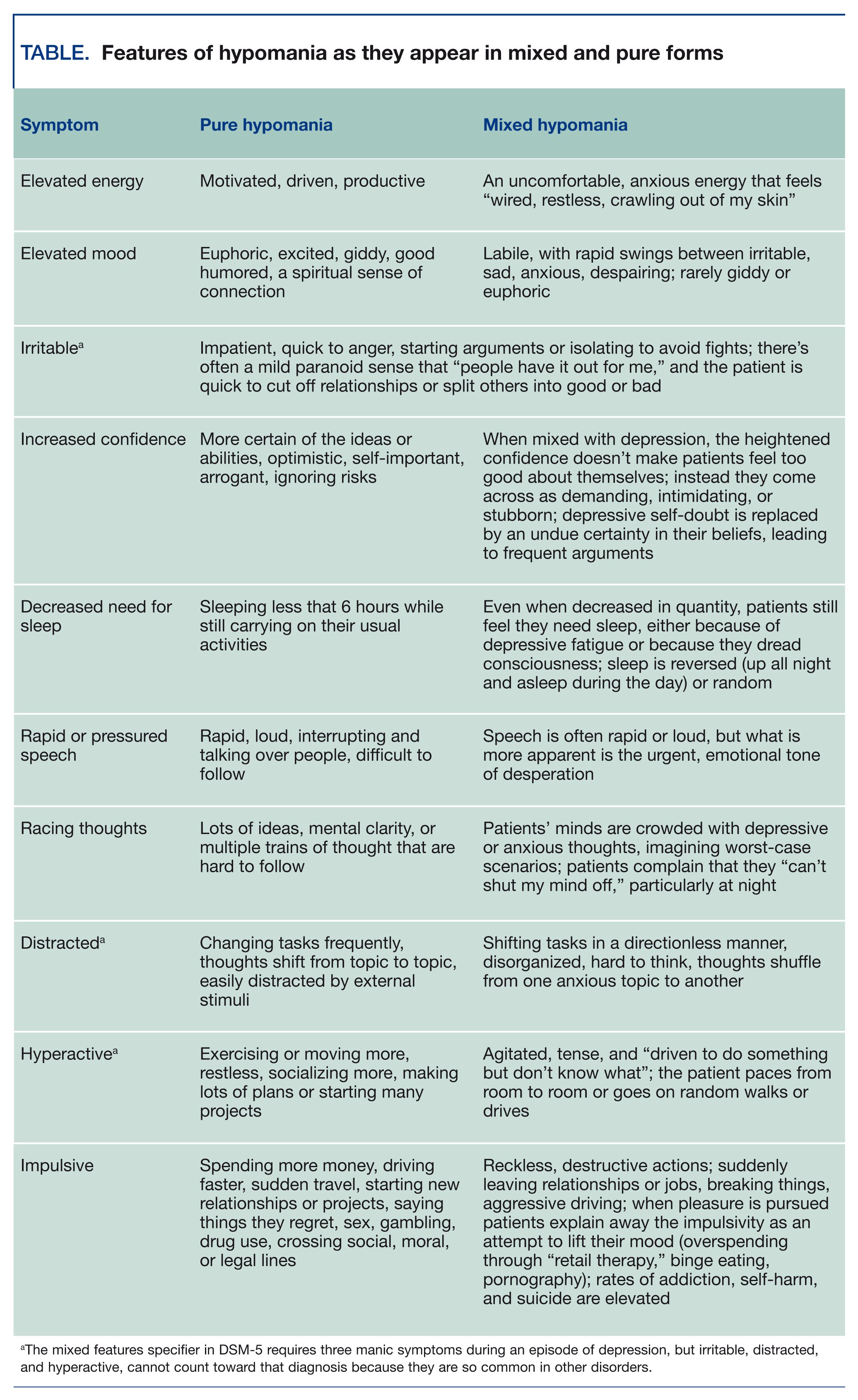

It’s possible to have autism spectrum disorder or another developmental disorder starting in childhood (schizophrenia isn’t diagnosed if such disorders are present, but schizoaffective disorder can be).Negative symptoms such as the inability to perform self-care aren’t as severe as they are in schizophrenia.Social dysfunction isn’t as pronounced as it is in schizophrenia.Mood symptoms are present for most of the illness.These features point to schizoaffective disorder: Several characteristics highlight why each disorder is unique and stands on its own. The DSM-5 includes each of these disorders and gives them their own place within the same section. Here’s where it can become confusing: Many of the negative symptoms of schizophrenia, as well as the disorganized behavior and speech, resemble mood-related symptoms.Ĭould schizophrenia and schizoaffective disorder really be the same diagnosis with a slightly different manifestation in each person? The official answer is no, they are not the same diagnosis. Schizoaffective disorder involves the addition of mood symptoms. Schizophreniaīoth psychotic disorders share the same primary criteria, listed above as schizophrenia’s criterion A. What about the difference among the psychotic disorders? Is schizoaffective disorder the same as schizophrenia? Schizoaffective Disorder vs. The difference between schizoaffective disorder and a mood disorder such as bipolar disorder is subtle, but the DSM-5 delineates the criteria for each, thus helping doctors make the right diagnosis (and thus get the correct schizoaffective disorder treatment). If, however, someone experiences both psychotic and mood symptoms but has at least one two-week period during which she only has psychotic symptoms-mood symptoms aren’t present-then the likelihood is that she has schizoaffective disorder. If someone’s dominant symptoms are mood symptoms but he experiences some periods of psychotic features, he most likely has a mood disorder with psychotic features. Professionals gather evidence and look for patterns of symptoms and behaviors. If someone is experiencing such a mix of symptoms, what’s going on? Is it a psychotic disorder with mood features, or is it a mood disorder with psychotic features? Both types of schizoaffective disorder diagnoses exist, and it often takes time for professionals and family members to help someone sort out what she’s experiencing. Feelings of elation for an extended period.Schizophrenia, schizoaffective disorder, and bipolar disorder all can involve When someone is experiencing both psychotic and mood symptoms, it can be difficult to determine what he or she is truly experiencing. (More on schizoaffective disorder symptoms here.) Schizoaffective Disorder: Psychotic Features, Mood Features The symptoms aren’t caused by substance use.Mood symptoms are present for the majority of the illness.Delusions or hallucinations for two or more consecutive weeks without mood symptoms sometime during the life of the illness.A major mood episode (either major depression or mania) that lasts for an uninterrupted period of time.

Schizoaffective disorder includes at least two of the above symptoms related to psychotic disorders and these DSM-5 criteria: Negative symptoms (flat expressions, loss of pleasure/anhedonia, lack of motivation/avolition, and other experiences that are “taken away” from the person).Grossly disorganized or catatonic behavior.


This rare mental illness is related to both schizophrenia and bipolar disorder or major depressive disorder and affects approximately one-third fewer people than schizophrenia. In addition to psychotic features, schizoaffective disorder has significant mood symptoms. Schizoaffective disorder is, like schizophrenia, a psychotic disorder.


 0 kommentar(er)
0 kommentar(er)
